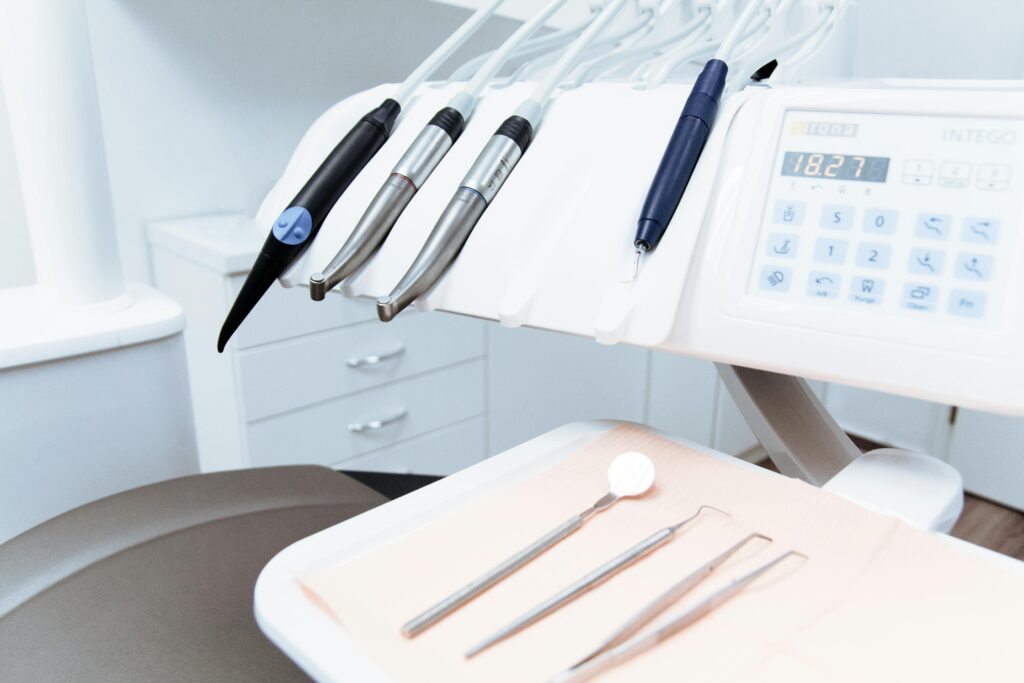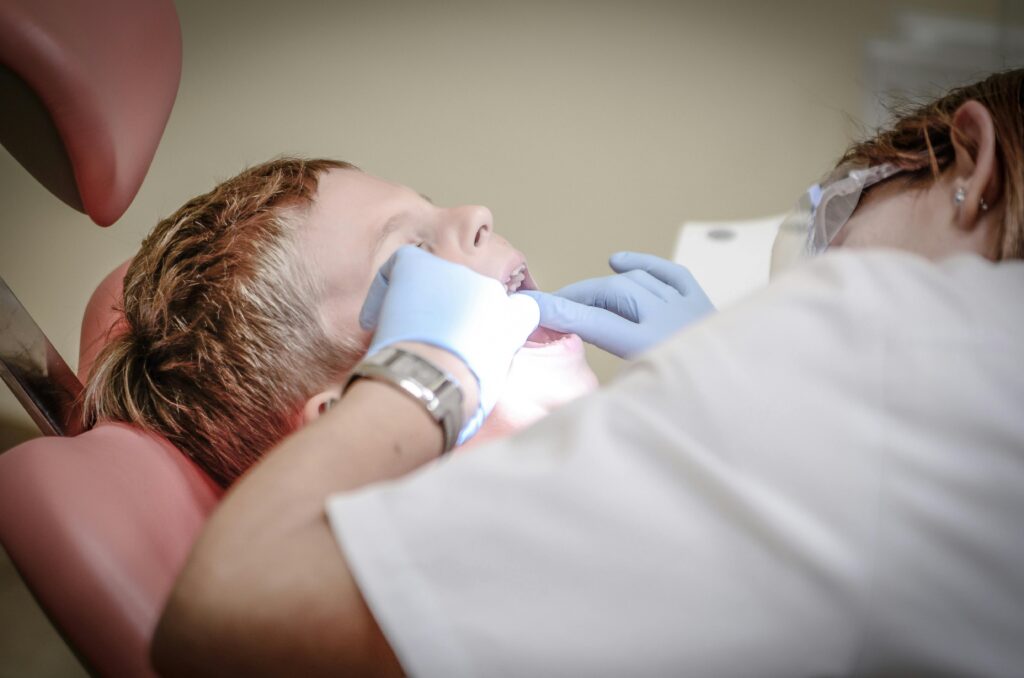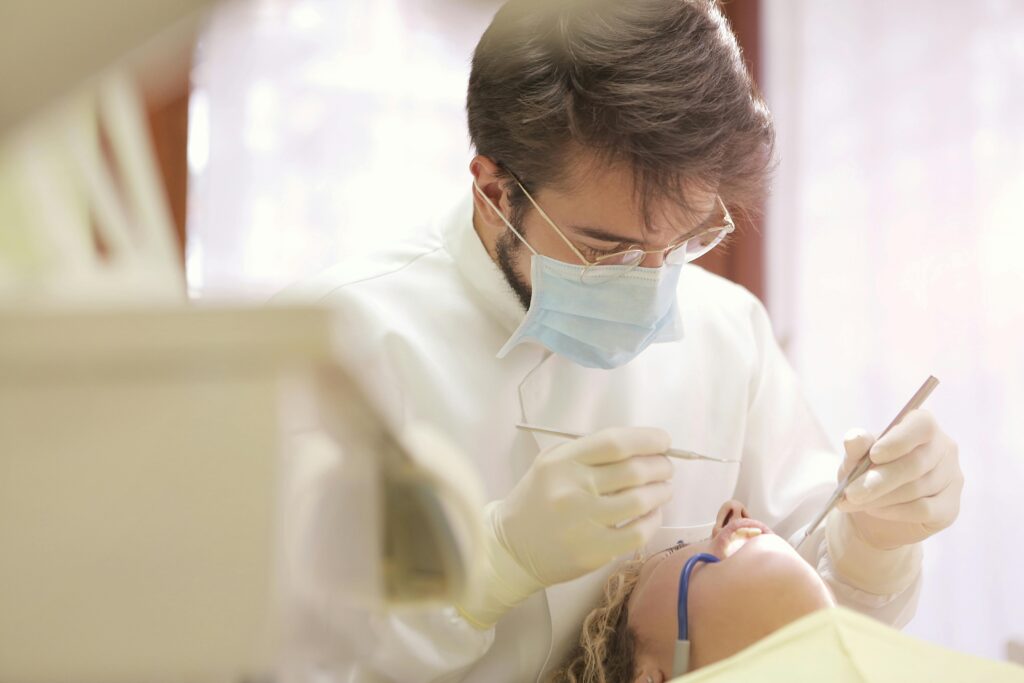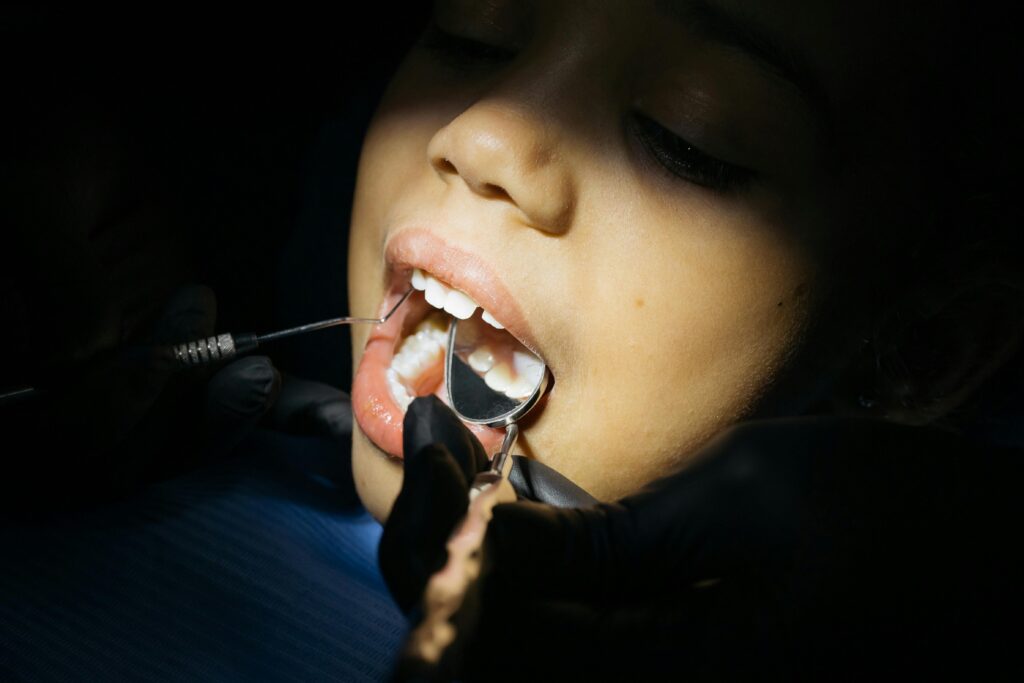Who Earns More, a Dentist or a Doctor?
Choosing a career in healthcare can lead to a rewarding future—personally, professionally, and financially. Among the most respected and commonly compared professions in the medical field are dentists and medical doctors (MDs). While both are highly trained and essential to public health, one question often comes up among students and career changers: Who earns more, a dentist or a doctor? This in-depth article from Asctorino explores the income potential of both professions, the differences in education and career paths, and what factors influence earnings in each field. If you’re considering a future in dentistry or medicine, this guide will help you understand how salaries compare, and which path may suit your goals best. Overview of Dentist vs. Doctor Careers Before comparing salaries, it’s important to understand the nature of each profession. Dentists and doctors both work in healthcare but focus on different aspects of human health. Dentists are oral health specialists. They diagnose, treat, and prevent diseases related to the teeth, gums, and mouth. Some dentists specialize in areas such as orthodontics, periodontics, or oral surgery. Medical doctors (MDs) focus on diagnosing and treating general or specific health conditions affecting the body. They may become primary care physicians or specialize in areas such as cardiology, neurology, or surgery. Both fields require significant education, licensing, and years of dedication—but their paths and earning potential differ based on various factors. Average Salaries: Dentist vs. Doctor According to recent data from the U.S. Bureau of Labor Statistics (BLS), both professions earn six-figure incomes. However, the average salary differs based on the specific role within each field. Average Salary for Dentists General Dentist: $160,000 – $200,000 per year Orthodontist: $250,000 – $400,000+ Oral and Maxillofacial Surgeon: $300,000 – $500,000+ Prosthodontist / Endodontist: $200,000 – $350,000 Average Salary for Medical Doctors Primary Care Physician: $180,000 – $250,000 per year Specialist Physician (e.g., cardiologist, neurologist): $300,000 – $500,000+ Surgeon: $350,000 – $600,000+ Anesthesiologist: $350,000 – $450,000+ On average, medical specialists tend to earn more than general dentists. However, dentists who specialize can also achieve salaries that rival or exceed many physician roles. At Asctorino, we emphasize that success and income depend heavily on specialization, geographic location, and years of experience. Education and Training Differences The amount of time and money invested in becoming a doctor or dentist can impact lifetime earnings. Here’s how the two educational paths compare: Becoming a Dentist Bachelor’s Degree (4 years) Dental School (DDS or DMD) – 4 years Optional Residency for Specialization – 2 to 6 years Dentists typically enter the workforce around age 26–30, depending on whether they specialize. Becoming a Doctor Bachelor’s Degree (4 years) Medical School (MD or DO) – 4 years Residency – 3 to 7 years (depending on specialty) Fellowship (optional) – 1 to 3 additional years Doctors often begin practicing independently around age 30–33 or later, especially if they choose a highly specialized field. Because dentists can start earning a high salary earlier in life and with less student debt in some cases, their lifetime earning potential can be comparable—even if their annual salaries are slightly lower. Asctorino encourages aspiring healthcare professionals to weigh the cost of education against the expected income and lifestyle they desire. Work-Life Balance and Lifestyle Another critical factor when comparing dentists and doctors is quality of life. While income is important, so is maintaining a healthy work-life balance. Dentist Lifestyle Typically works 32–40 hours per week More predictable schedules Fewer on-call emergencies Ability to own and operate private practices Strong patient relationships Doctor Lifestyle Often works 50–80 hours per week, especially during residency May be on-call nights and weekends High-stress environment, especially in hospitals Extended training period delays career advancement Many dentists report a high level of job satisfaction, largely due to their flexible hours and ability to focus on patient care without emergency interruptions. Physicians, particularly specialists, may earn more but often do so at the cost of longer hours and higher stress. At Asctorino, we help students and professionals balance career choices with lifestyle goals to create a fulfilling long-term path. Factors That Influence Income in Both Fields 1. Specialization Specialists in both dentistry and medicine earn more than their general practice counterparts. The more advanced and complex the skills required, the higher the compensation. 2. Practice Ownership Dentists who own private practices can earn significantly more than those working in clinics or dental service organizations (DSOs). Similarly, physicians who open private practices may earn more but also take on greater financial risk. 3. Geographic Location Urban areas and regions with high demand for care typically offer higher salaries. However, they may also come with higher costs of living. Dentists and doctors in rural or underserved areas may receive bonuses or loan forgiveness incentives. 4. Experience Earnings increase over time in both professions. A seasoned dentist with a well-established patient base can out-earn a young physician early in their career. 5. Patient Volume and Reputation Professionals with strong reputations and high patient volume—especially those offering elective procedures—can dramatically increase their earnings. Asctorino recommends focusing on both clinical excellence and practice management skills to grow income steadily over time. Financial Considerations: Student Debt and ROI Medical and dental school are both expensive. However, dentists generally graduate with less debt than doctors and begin earning earlier. Average Student Loan Debt Dentists: $250,000 – $300,000 Doctors: $200,000 – $300,000 (plus additional debt from extended residency) Because dentists often start earning sooner and have more opportunities for entrepreneurship, their return on investment (ROI) can be more favorable in the long run. Future Outlook for Dentists vs. Doctors Both professions have a strong employment outlook, driven by an aging population and growing healthcare needs. Dentistry is expected to grow steadily, especially in cosmetic, pediatric, and geriatric care. Medicine is expanding with increasing demand in specialties such as geriatrics, cardiology, and oncology. However, the healthcare industry continues
Who Earns More, a Dentist or a Doctor? Read More »




